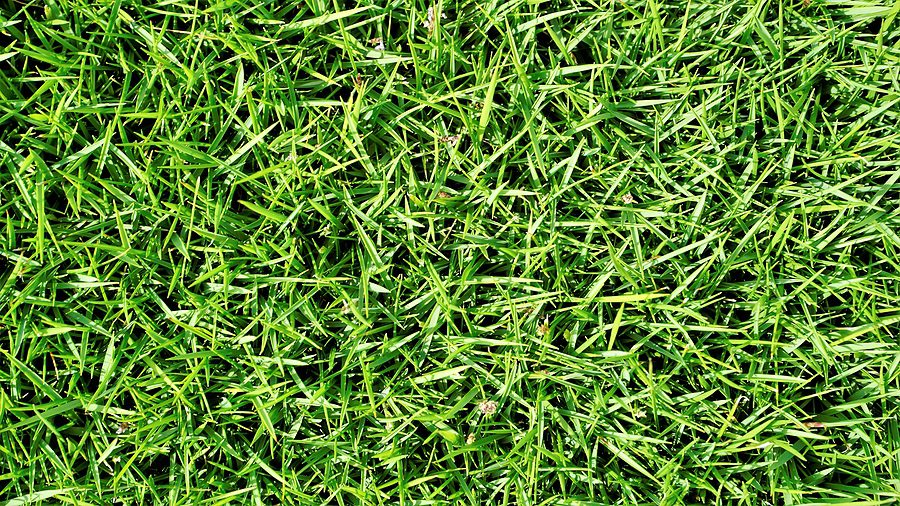Albuquerque Lawn Crabgrass and How to Deal with It

Problem: Crabgrass is an annual grassy plant that everyone loves to despise. It can thrive everywhere and over time will gladly supplant other grasses. Clay soil and compacted lawns are ideal for crabgrass growth. Your soil needs to be aerated. Crabgrass is promoted by fertilizers with too much nitrogen. On-label lawn fertilizers that promise “quick green-up” should be avoided. Make sure the fertilizer you choose has half of its nitrogen in a slow-release form. Use a little less than 3 pounds of nitrogen each year for a 1,000 square foot grass.
What is the solution?
Corn gluten meal is a practical non-chemical remedy. It is a by-product of milling maize and is entirely safe. You will achieve an almost weed-free lawn if you apply over three years. According to research from Iowa State University, weeds were eliminated by 60% in the first year, 80% in the second, and 90–100% in the third. This pre-emergence treatment should be used every year before crabgrass sprouts. Two weeks before your final anticipated frost, apply in the spring.
Alternately, use a preemergence herbicide (crabgrass preventer) that also contains fertilizer to kill crabgrass and improve your lawn. Application timing is essential since the window is small (approximately 10 days). 52 degrees Fahrenheit should be the temperature. Garden centers can also sell affordable soil thermometers. This often occurs after your second mow. Apply ideally immediately before it starts to rain. Otherwise, it is in water.
Mulching is advantageous because it prevents sunlight from penetrating weed seeds. Consider using organic mulch to control crabgrass.
You cannot sow turfgrass or you will just destroy your lawn grass if you treat your lawn with a pre-emergent. Late summer or early autumn is the best time to sow turfgrass, with a break of approximately 8 weeks between the two tasks. Herbicides used prior to crabgrass emergence are ineffective.
Dealing with the post-emergent
Whenever they emerge, pull out weeds from your grass. However, you should remove them while the plants are still tiny and immature. To ensure that you pick out the roots of the crabgrass, use weed pullers or a trowel. You’ll merely make a huge hole and stimulate the seed heads to grow more crabgrass if you even attempt to extract enormous crabgrass. Crabgrass weeds shouldn’t be thrown in the compost pile since the seeds might spread.
Vinegar/acetic acid can be used as a natural post-emergent herbicide. It is not, nevertheless, selective. Therefore, apply spot treatments directly to the weed plant’s leaves to avoid harming your lawn grass. It should be noted that vinegar spray only destroys the leaves, not the root system; it will only act on young, recently sprouted weeds and certain annuals, but not on established weeds. Crabgrass will be difficult to eradicate if it spreads widely. Since crabgrass is an annual, the best course of action is to just accept it beyond mid-August; the herbicide won’t work, and it will die with the first severe freeze. The next spring, prepare to employ a pre-emergent herbicide.
If you don’t reseed bare and thin areas in the autumn, your annual crabgrass will just come back. The greatest rival to crabgrass is perennial rye grass. Additionally, it offers some pest control since it releases a natural toxin that causes certain tiny, harmful bugs to get ill.
